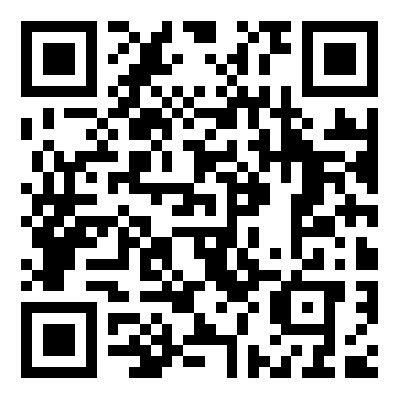The Technology Behind Photoelectric Conversion Night Vision Scopes: How They Work and Their Practical Applications
2024-07-25
In the realm of optics and imaging technology, Night Vision Scopes have become indispensable tools for enhancing visibility and operational effectiveness in low-light conditions. Among these, Photoelectric Conversion Night Vision Scopes stand out for their advanced capabilities in converting ambient light or infrared radiation into visible images. Let's explore the technology behind these sophisticated devices, how they operate, and their practical applications across various fields.
Understanding Photoelectric Conversion Night Vision Scopes
Photoelectric Conversion Night Vision Scopes operate on the principle of converting photons (light particles) into electrons through a process known as the photoelectric effect. This conversion amplifies the available light, enabling users to see clearly in environments where natural or artificial illumination is minimal or absent. Unlike thermal imaging devices that detect heat signatures, these scopes rely on amplifying existing light sources to create visible images.
Key Components and Working Principles:
1. Objective Lens: The objective lens collects incoming light from the environment and directs it towards the photocathode.
2. Photocathode: Located inside the scope, the photocathode is a crucial component that converts incoming photons into electrons. This process initiates the amplification of the light signal.
3. Microchannel Plate (MCP): Electrons produced by the photocathode pass through a microchannel plate, where they undergo a process of electron multiplication. This amplification process significantly enhances the brightness and clarity of the image.
4. Phosphor Screen: The intensified electron signals strike a phosphor screen, where they are converted back into visible light. This final stage produces a clear and bright image that can be viewed through an eyepiece or displayed on a digital screen.
Applications Across Various Fields:
- Military and Defense: Photoelectric Conversion Night Vision Scopes are extensively used by military personnel for reconnaissance, surveillance, and target acquisition in low-light and nighttime operations. They provide tactical advantages by enhancing situational awareness and operational effectiveness.
- Law Enforcement: Law enforcement agencies utilize these scopes for nighttime surveillance, tactical operations, and search and rescue missions. They enable officers to observe and navigate through dark environments with enhanced visibility, improving response times and safety.
- Outdoor Activities: Hunters, wildlife enthusiasts, and outdoor adventurers benefit from these scopes for nocturnal hunting, wildlife observation, and navigation in low-light conditions. They provide clear and detailed views of the surroundings, facilitating precise targeting and exploration.
Advantages and Benefits:
- Enhanced Visibility: By amplifying ambient light, Photoelectric Conversion Night Vision Scopes extend visibility into darkness, enabling users to see clearly where natural light or artificial illumination is insufficient.
- Versatility: These scopes are adaptable for use in various environments and settings, from military operations and law enforcement to recreational activities and outdoor exploration.
- Improved Situational Awareness: Users gain enhanced situational awareness by detecting and identifying objects, obstacles, or threats that may be invisible to the naked eye in low-light conditions.
Future Developments and Innovations:
Advancements in technology continue to drive innovation in Photoelectric Conversion Night Vision Scopes. Future developments focus on improving image resolution, increasing detection range, enhancing ergonomic design for comfort and usability, and integrating with digital and thermal imaging technologies for enhanced performance.
Conclusion
Photoelectric Conversion Night Vision Scopes represent a pinnacle of optical and electronic engineering, offering advanced capabilities to enhance visibility and operational effectiveness in challenging low-light environments. By harnessing the principles of photoelectric conversion, these scopes provide clear and detailed images where natural or artificial light is limited. Whether deployed in military operations, law enforcement missions, or outdoor adventures, they enable users to navigate, observe, and act with precision and confidence, ensuring safety, efficiency, and success in diverse applications. As technology continues to evolve, Photoelectric Conversion Night Vision Scopes will remain essential tools for those who operate in darkness and rely on advanced optics for optimal performance.



